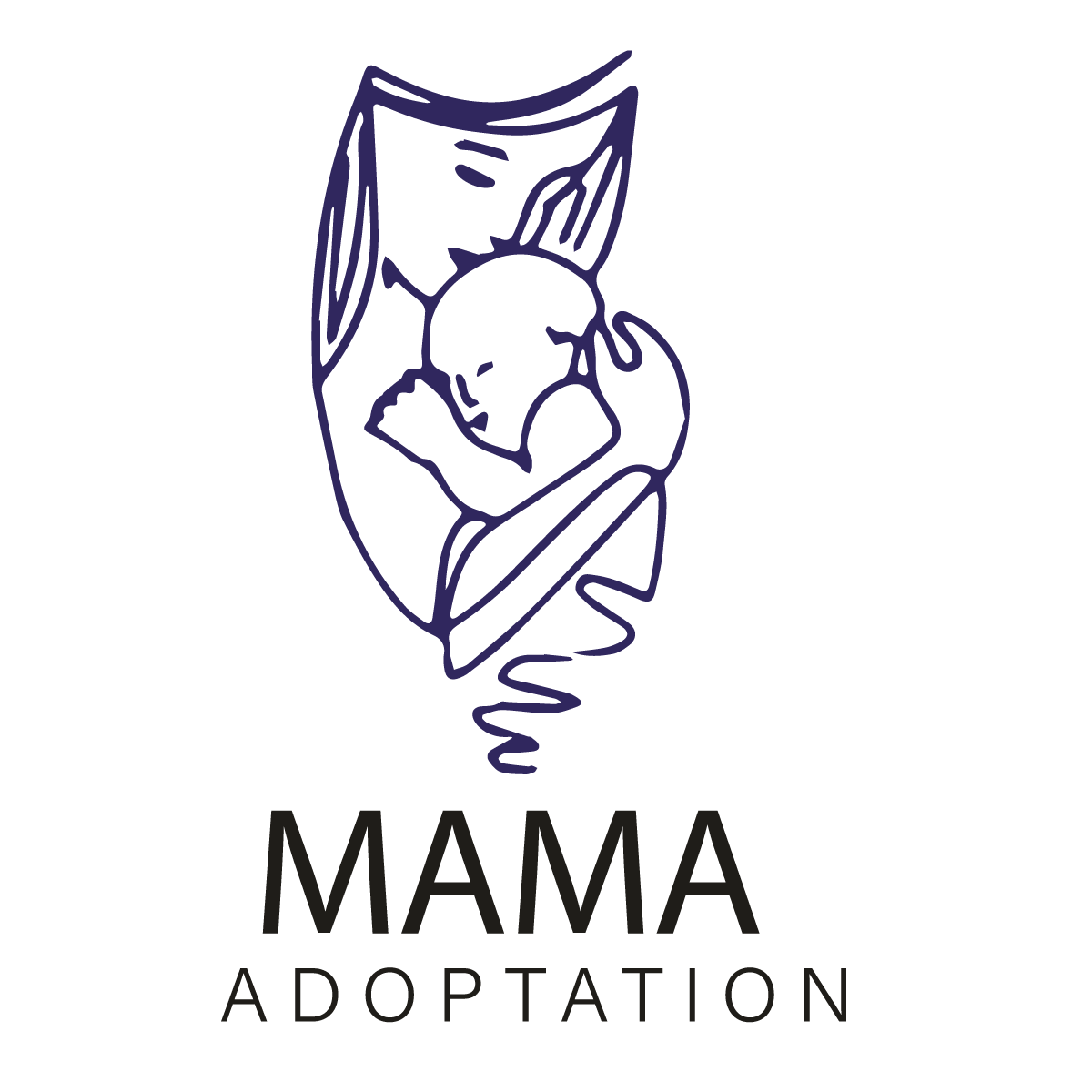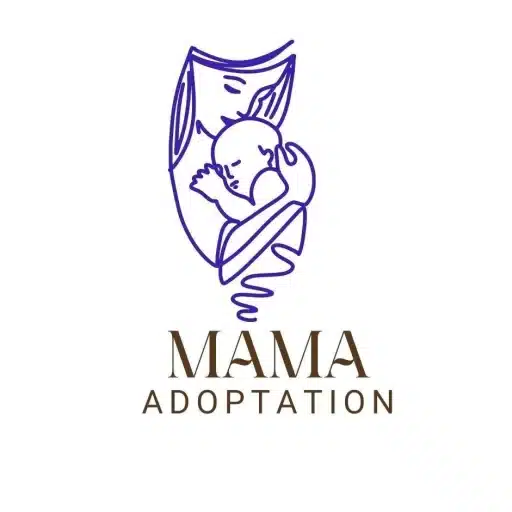Swaddling a baby is an ancient practice of folding babies in clothes to restrict movements, providing warmth and comfort. For generations, parents around the world have turned to swaddling as a means to soothe their little ones, offering coziness and security in the early days of life.
First-time parents may have a lot of questions and concerns as they welcome a new addition to their family. One such concern that often arises is whether swaddling your baby is necessary and what the pros and cons of this practice are.
As a pediatrician with years of experience in guiding parents through the complexities of baby care, I understand the concerns and questions that often arise when it comes to swaddling newborns. Swaddling is an age-old practice, but is it truly necessary in today’s world? Relax! I will explore the pros and cons of swaddling and help you make an informed decision for your little one.
Read Also: How Many Swaddles do I Need?
What is Swaddling a Baby?
An infant is traditionally swaddled by being wrapped tightly in a blanket or piece of cloth and having their arms fastened to their sides. The baby is placed in a safe, comfortable environment like a protective covering using this technique. The American Journal of Maternal/Child Nursing says swaddling is frequently used to offer comfort, calm a fussy baby, and encourage better sleep. It can lessen a baby’s startle response and stop them from waking up unexpectedly while they are sleeping.
While swaddling has its benefits, it’s important to do it correctly to ensure the baby’s safety and well-being. Overly tight swaddling or improper technique can lead to potential risks, such as overheating or hip problems. It’s essential to follow safe swaddling practices and monitor your baby while swaddled to ensure they are comfortable and not overheating.
Related: How to Put a Baby to Sleep in 40 Seconds: Proven Techniques That Work
Is Swaddling Safe For Babies?
Yes! Swaddling is safe for babies if it is done with proper technique and precaution. It provides a soothing effect on babies, which promotes better sleep in them. Proper swaddling technique is crucial, but make sure not to swaddle too tight and leave some space in which the baby can move his legs. Use a lightweight and breathable blanket to prevent overheating, which leads to SIDS. You should avoid loose and synthetic fabrics because they cause overheating. Always monitor your baby during swaddling and lie them on their back during sleep. When they start to roll over, it’s time to quit swaddling because it causes suffocation.
What Are The Pros and Cons Of Swaddling?
Swaddling is an old tradition, I am listing down some of the pros and cons of swaddling babies. keep scrolling !
Pros of Swaddling:
1. Better Sleep Patterns: Swaddled babies often sleep more soundly and wake up less frequently during the night, allowing parents to get more rest.
2. Soothing and Comfort: Babies that are swaddled experience a sense of security and coziness similar to that of the womb. With less worry and better sleep, this helps reassure and comfort young children.
3. Reduced Startle Reflex: Newborns often wake up suddenly due to their strong startle reaction. Swaddling can assist to calm this reaction and promote deeper, more restful sleep.
4. Temperature Regulation: A well-executed swaddle can help regulate a baby’s body temperature, preventing them from getting too cold during the night.
5. Safe Sleep Position: Swaddling keeps babies on their back during sleep, which is the recommended position to reduce the risk of Sudden Infant Death Syndrome (SIDS).
6. Prevents Babies Scratches: By limiting a baby’s arm movement, swaddling can aid in preventing nail clawing. Newborns frequently have short, sharp nails that can accidentally scratch their tender skin, resulting in discomfort and occasionally even serious damage. Swaddling ensures that the infant’s arms are snugly placed at their sides by completely encircling them in a blanket.
American Academy OF Pediatrics review shows when swaddled, preterm newborns exhibit superior neurological growth, less physiological stress, higher cognitive organization as well, and greater self-control.
Cons Of Swaddling:
1. Overheating: One of the primary concerns with swaddling is the potential for overheating, which is a risk factor for SIDS. It’s crucial to use lightweight, breathable blankets and ensure that the baby doesn’t become too warm.
2. Hip Development: Swaddling too tightly or improperly can restrict proper hip development, potentially leading to hip dysplasia. The swaddle should allow for proper hip and leg movement.
3. Feeding Difficulties: Most common con of swaddling can make breastfeeding more challenging, as it restricts arm movement and skin-to-skin contact, both of which are essential for successful nursing and bonding.
4. Limited Mobility:Swaddling too frequently might restrict a baby’s ability to move around and engage in exploration, both of which are essential for their general development.
5. Rolling Over Risks: Swaddling must end as soon as a baby exhibits signs of trying to roll over in order to avoid them from rolling onto their stomach, which can put them at risk of suffocating.
In conclusion, swaddling has the potential to have certain advantages, such as calming and better sleep, but it might also have some disadvantages. Parents should be aware of these benefits and drawbacks when using swaddling, and they should adhere to proper swaddling procedures. To protect your baby’s safety, comfort, and wellbeing, you must get advice from a healthcare professional and keep a constant eye on them. Parents should think about their baby’s particular requirements and preferences when determining whether or not to swaddle them. Swaddling is not a one-size-fits-all solution.
Is Swaddling Necessary?
Swaddling is not necessary for every baby. It is the personal choice of parents to swaddle their babies on the basis of their response to it. If babies are liking and their sleep cycle is getting better being swaddled then you should continue to do so while following proper techniques. Swaddling can be a helpful tool during the early months when babies are most fussy and have difficulty self-soothing, but it’s crucial to ensure that it’s done safely.
Always consult with your pediatrician or healthcare provider for personalized guidance on whether swaddling is appropriate for your baby and to receive specific recommendations tailored to your child’s unique needs.
How To Swaddle a Baby?
Swaddling a baby involves wrapping them securely in a blanket or cloth to create a comforting environment. Here are step-by-step instructions on how to swaddle a baby:
Lay the Blanket: To swaddle a baby start with placing a blanket on a flat surface, such as a changing table or bed. Fold down the top corner about 6 inches to form a triangle.
Place the Baby: Lay your baby down on their back with their head just above the folded corner. Make sure your baby’s head is above the folded edge.
Secure One Arm: Take one of the baby’s arms and gently pull it down alongside their body. Straighten the arm but not too tightly.
Wrap One Side: Pull the left side of the blanket over your baby’s body and tuck it securely under the opposite side. It should cover your baby’s chest and one arm, leaving the right arm free.
Secure the Other Arm: Now, take your baby’s other arm and pull it down alongside their body, just like the first arm.
Wrap the Other Side: Pull the right side of the blanket over your baby’s body and tuck it underneath, ensuring it’s snug but not too tight.
Adjust the Bottom: Fold or twist the bottom of the blanket to leave room for your baby’s feet to move naturally. The legs should have some room to bend at the hips.
Safety Check: Ensure your baby can move their hips and legs comfortably and that the swaddle is not too tight. Make sure your baby’s head is uncovered and that they can breathe easily. Always place a swaddled baby on their back to sleep.
Why Do Babies Like Swaddling?
Babies often enjoy swaddling because it provides a sense of security and comfort that mimics the conditions of the womb. Here are some key reasons why babies tend to like swaddling:
- Security and Comfort: Swaddling provides a cozy environment, comfort, and a secure feeling, just like in the womb.
- Reduced Startle Reflex: Swaddling reduces sudden limb movements and helps babies fall asleep more soundly.
- Warmth and Temperature Regulation: Swaddling helps maintain a baby’s body temperature, preventing them from getting too cold, which is comforting to infants.
- Better Sleep: Swaddled babies often experience improved sleep patterns with fewer awakenings, benefiting both the baby and parents.
- Feeling of Containment: Swaddling restricts limb movement, providing a sense of discipline or containment that many babies find reassuring.
Remember that not all babies may respond positively to swaddling, and it should be done safely and with consideration of each baby’s unique needs. Consulting with a pediatrician or healthcare provider is advisable for personalized guidance on swaddling.
Should You Swaddle Your Baby At Night?
The decision of whether to swaddle your baby at night depends on various factors, including their comfort, safety, and your personal preferences. Swaddling can lead to improved sleep, reduced waking, and a comforting environment for some infants by mimicking the secure feeling of the womb. However, it’s essential to be aware of potential drawbacks such as overheating, hip development concerns, including hip dysplasia, and feeding difficulties.
7 Safe Swaddling Tips
As an expert pediatrician, I am mentioning 7 safe swaddling tips for you all. You can follow these tips and also consult with your healthcare provide r for personalized tips.
- Use lightweight and breathable blankets: Choose blankets made of breathable materials to prevent overheating. Avoid heavy or thick fabrics.
- Leave Room for Leg Movement: Ensure that there’s enough room for your baby’s legs to move and flex. Swaddling should not constrict the hips or legs.
- Aim for Snug, Not Tight: The swaddle should be snug but not too tight. It should allow for comfortable breathing and for the baby’s chest to rise and fall with each breath.
- Secure the arms: Properly swaddle your child by placing their arms by both sides inside the blanket. As a result, there is less chance of the infant wiggling their arms free of the wrap.
- Safe Sleep Position: A swaddled baby should always be put to sleep on their back. As a result, the possibility of SIDS has decreased.
- Monitor Your Baby: Keep a close eye on your swaddled baby, especially if they start to show signs of attempting to roll over. Stop swaddling as soon as this happens.
- Adjust for Temperature: Ensure that your baby is dressed appropriately under the swaddle. In warmer weather, a diaper or lightweight clothing may be sufficient, while colder weather may require additional layers.
- Consider Alternatives: If your baby doesn’t seem comfortable with swaddling, don’t force it. Every baby is unique, and some may prefer different soothing techniques. Be open to other methods that your baby responds well to, such as skin-to-skin contact or gentle rocking.
Types Of Swaddler In The Market
In the market, there are several types of swaddlers or swaddle products available to cater to different preferences and needs of parents and caregivers. Some of the common types include:
1. Traditional Blankets:
These are square or rectangular blankets made of lightweight, breathable materials. Parents fold and wrap them around the baby in a specific way to create a swaddle.
2. Swaddle Wraps:
Swaddle wraps or sleep sacks are designed with built-in closures or zippers to make swaddling easier and more secure. They often have a “wing” or “pouch” design to keep the baby’s arms snugly tucked.
3. Velcro or Hook-and-Loop Swaddlers:
These swaddle products feature velcro or hook-and-loop fasteners, making it simple to secure the swaddle without the need for folding or wrapping.
4. Zip-Up Swaddlers:
Zip-up swaddlers offer a convenient way to swaddle a baby. Parents place the baby in the pouch and zip it up, securing the swaddle.
5. Adjustable Swaddlers:
These swaddlers come with adjustable features to accommodate the baby’s growth and comfort. They often have snaps or hook-and-loop tabs that can be modified as the baby gets bigger.
6. Swaddle Blanket Sets:
Some brands offer swaddle blanket sets with a variety of patterns and designs, allowing parents to choose their preferred style while swaddling.
7. Sleeveless Swaddlers:
These swaddlers have a swaddle wrap for the lower body but leave the baby’s arms free, providing some mobility while still securing the legs.
8. Organic and Muslin Swaddlers: These are swaddling options made from organic, chemical-free materials or muslin cloth, which is known for its breathability.
The variety of swaddlers on the market gives parents the flexibility to choose a swaddle type that suits their preferences and their baby’s comfort.
Conclusion:
In summary, swaddling is a time-honored practice offering comfort and improved sleep patterns for babies. However, it’s essential to weigh its advantages, like reduced startle reflex and soothing comfort, against potential drawbacks such as overheating and limited mobility. The decision to swaddle should be based on your baby’s individual needs, and safety measures must be followed.
As a pediatrician, my aim is to empower parents to make informed choices. While swaddling isn’t a universal solution, it can be valuable when applied safely and attentively. Consulting with your healthcare provider is vital to ensuring your baby’s safety and well-being remain the top priorities on your parenting journey.
FAQs
Q1. At what age do I stop swaddling my child?
Swaddling is usually safe for infants, but if the baby learns to roll over or outgrow the swaddle, it should be progressively discontinued.
Q2. How should a newborn be swaddled?
The best technique to swaddle a newborn is to make sure the swaddle fits correctly yet is not overly restrictive and to provide space to allow the child’s hips to move.
Q3. Can I swaddle my baby with a blanket?
It’s recommended to use purpose-made swaddle blankets to ensure safety. Regular blankets can pose risks.
Q4. Are there alternative sleep practices to swaddling?
Yes, there are alternative sleep practices, such as using sleep sacks or ensuring a safe sleep environment. that may work for your baby.
Q5. How can I tell if my baby is too hot when swaddled?
Check your baby’s neck or back for signs of overheating. Sweating, flushed skin, or rapid breathing could indicate they are too warm.
Q6. Can swaddling aid a fussy or colic baby?
Swaddling can help some babies with colic or fussiness settle down by giving them a sense of security and lowering their startle reflex. It might not be effective for all infants, so you should talk to your doctor about other ways to deal with colic.










